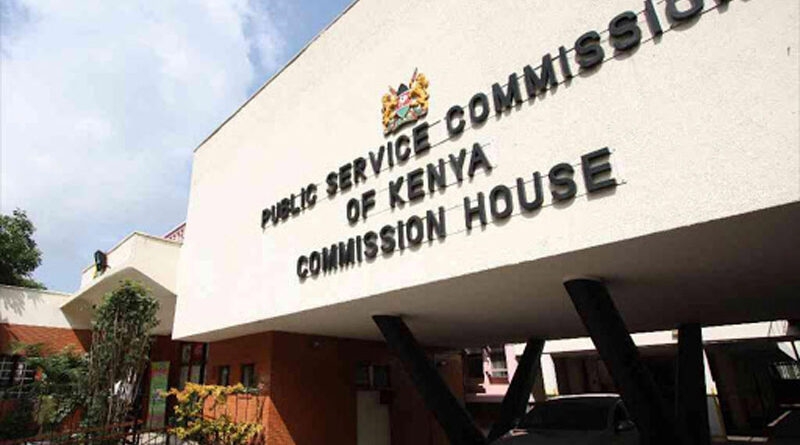

Rainfall currently affecting various parts of the country is expected to intensify in both amount and geographic coverage from today, Friday October 3, 2025, through to Sunday, October 5, 2025.
According to a public weather alert, several regions are likely to be affected, including the Central Highlands, particularly Nairobi, as well as the Lake Victoria Basin, Rift Valley, Western, and North-Western regions.
The alert states:
"Isolated heavy rainfall of 20mm to 50mm in 24 hours, and in some places very heavy rainfall exceeding 50mm in 24 hours, may occur over parts of these regions."
The statement further warns that such intense rainfall may lead to "localized flooding, slippery roads, and possible disruptions."
Residents and travelers are advised to remain vigilant and make informed decisions regarding movement and outdoor activities during this period.
The Kenya Meteorological Department has urged the public to monitor official updates and prepare for potential impacts, particularly in low-lying and flood-prone areas.
October typically marks the beginning of the short rains season in Kenya, which runs from October to December.
These rains are important for agriculture but also pose risks, particularly in urban areas such as Nairobi, where poor drainage systems frequently lead to flash floods.
Motorists are advised to exercise caution due to reduced visibility and slippery roads. Pedestrians should avoid walking through flooded areas and open drains.
In rural areas, heavy rains may temporarily affect access on unpaved roads and disrupt ongoing harvesting activities.
County governments and disaster response teams in vulnerable regions are encouraged to remain on high alert.
In previous similar events, heavy rainfall has led to disruptions in transport, power supply, and the temporary displacement of residents.
The public is reminded to heed alerts from local authorities and emergency services.
According to the Kenya Red Cross, early preparedness significantly reduces the risk of injury and property damage during extreme weather events.
Earlier this week, the Kenya Meteorological Department had forecast rainfall across parts of the Highlands, both east and west of the Rift Valley, the Lake Victoria Basin, the Rift Valley itself, and sections of North-Western Kenya.
That outlook also indicated the potential for isolated heavy rainfall in these areas, urging the public to remain alert and take appropriate precautions.
"Isolated heavy rainfall events may occur in some of these areas. Stay alert and take the necessary precautions," the department stated.
The forecast also noted that the Coastal region may experience occasional rainfall during this period, which could affect ferry operations, urban drainage, and low-lying settlements in areas such as Mombasa, Kilifi, and Lamu.
In contrast, much of North-Eastern Kenya and parts of the South-East are expected to remain generally dry.
This includes counties such as Garissa, Wajir, Mandera, and parts of Kitui and Tana River. Residents in these areas are advised to manage water resources carefully, especially where dry conditions persist.
The expected intensification of rainfall between 3rd and 5th October aligns with earlier forecasts, confirming the onset of the short rains season in many parts of the country.
While essential for agriculture and water resource replenishment, the short rains often bring hazards such as flash floods and landslides, particularly in highland and deforested areas.
The Kenya Meteorological Department continues to monitor weather patterns and will issue updates as necessary.
Members of the public, transport operators, farmers, and local authorities are encouraged to follow official bulletins and advisories for planning and preparedness.
For accurate and up-to-date weather information, consult the Kenya Meteorological Department’s website, official social media channels, or local broadcasting services.
Further forecasts and daily updates will be available through the department’s official platforms and accredited media outlets.


















